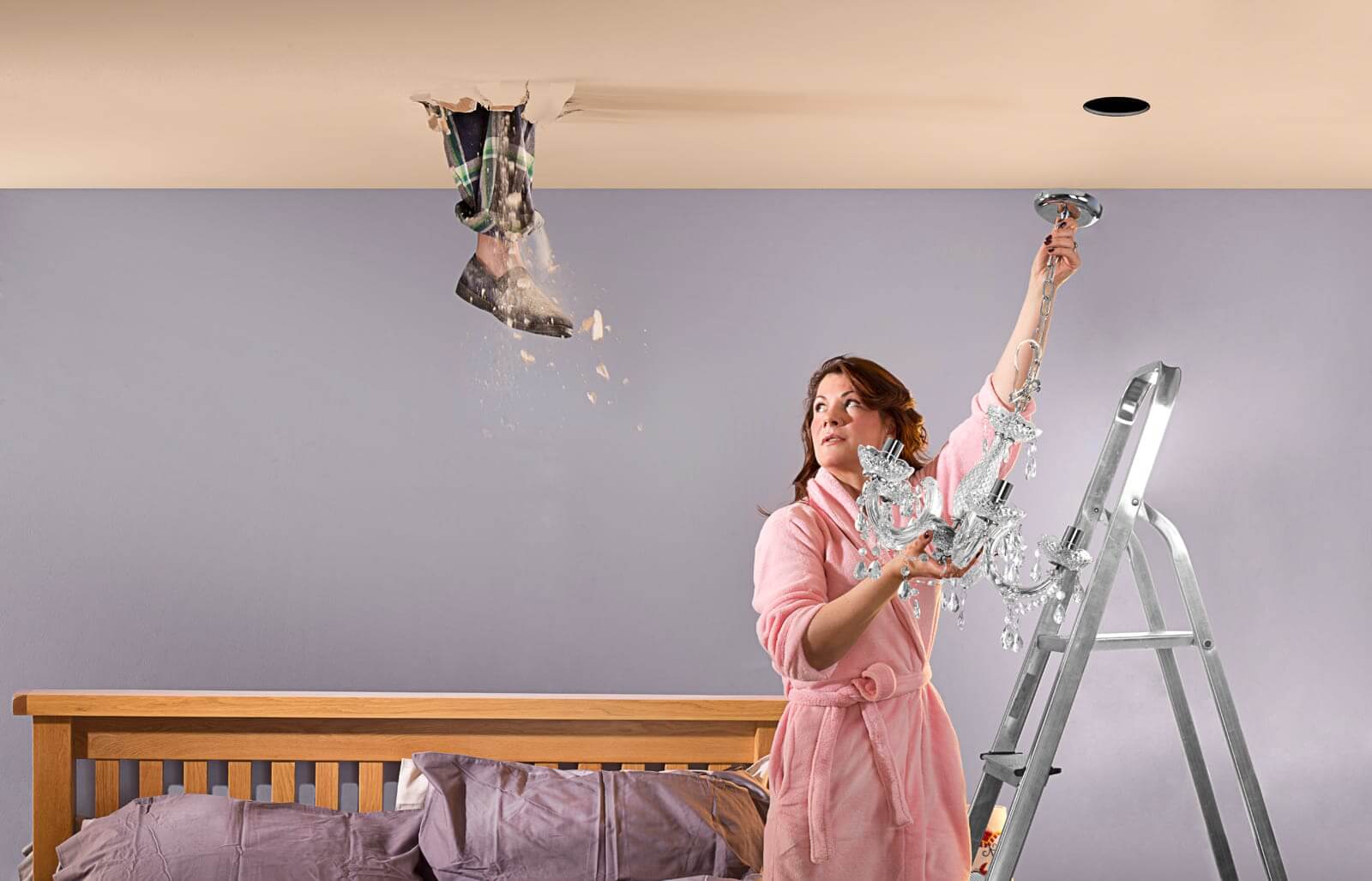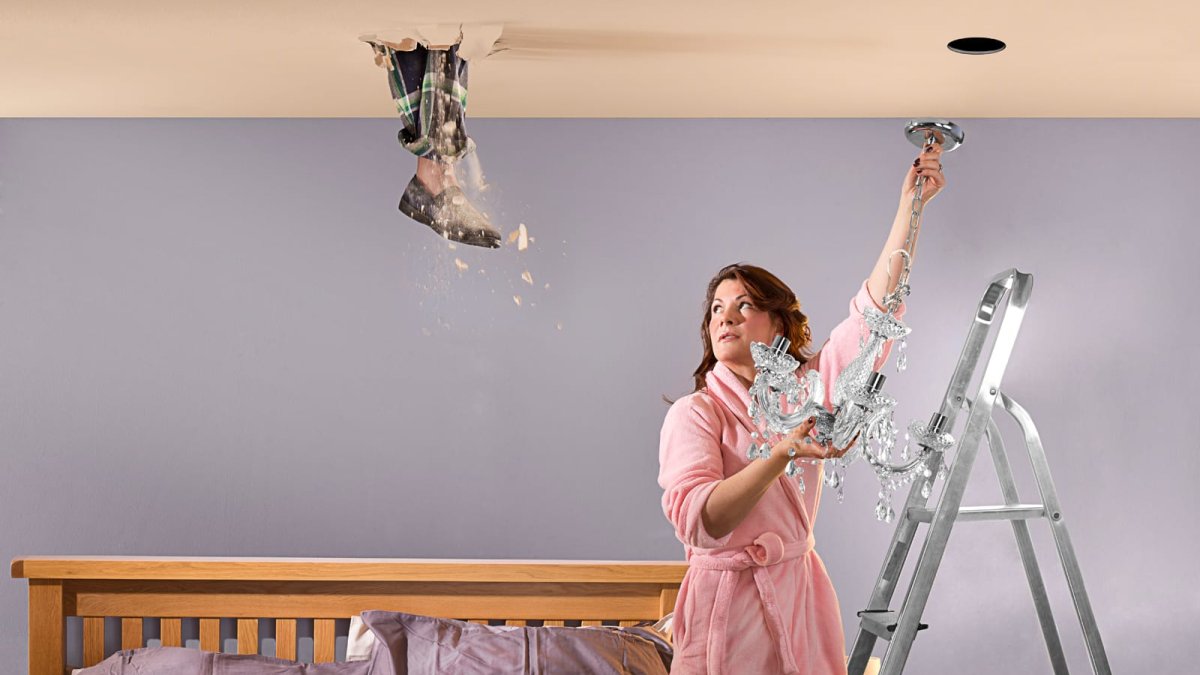
The Rise of Loft Conversions
Loft conversions have become increasingly popular among homeowners seeking to maximise their living space, add value to their properties, and potentially generate additional income by renting out the newly created space. With careful planning and execution, loft conversion projects can transform underutilised attics into practical, stylish, and energy-efficient spaces that cater to various needs.
Exploring the Variety of Loft Conversion Options
Before embarking on a loft conversion project, it’s essential to understand the different types of loft conversions available and their specific benefits and challenges:
Dormer Loft Conversion: A dormer conversion extends the existing roof to create additional headroom and floor space. This type is popular due to its versatility and cost-effectiveness.
Hip-to-Gable Loft Conversion: This option involves extending the sloping side of the roof (the hip) to create a vertical gable end, providing more internal space. It is ideal for properties with hipped roofs.
Mansard Loft Conversion: A mansard conversion creates additional space by extending the roof’s slope to an almost vertical angle. This type of conversion typically offers the most significant increase in space but can be more expensive and complex.
Skylight Loft Conversion: A roof light conversion involves adding windows to the existing roof structure without altering the roofline, making it the least disruptive and most cost-effective option. However, it may provide limited additional space.
Identifying the Most Desirable Areas for Transforming Your Attic
The potential value and success of a attic extension can depend on several factors, including the area in which your property is situated. Transport links, local amenities, property demand, and the architectural character of the neighbourhood can all contribute to the desirability of certain areas for loft conversions. Conducting thorough research and identifying these areas can help ensure a worthwhile investment and enhance the appeal of your property.
Common Pitfalls in Loft Conversion Projects
Insufficient Planning and Investigation
Failing to conduct proper planning and research can lead to complications and delays during the loft conversion process. It’s crucial to understand your property’s unique requirements and constraints, such as structural limitations, planning permissions, and the impact on your home’s energy performance, before initiating the project.
Neglecting Building Regulations and Planning Permissions
Ignoring building regulations and planning permissions can result in fines, delays, and even forced alterations to your completed loft conversion. Consult with local authorities and qualified professionals to ensure your project is fully compliant with all relevant regulations, including fire safety, insulation, and soundproofing requirements.
Unwise Selection of Contractors
Choosing inexperienced or unqualified contractors can jeopardise the success of your loft conversion. Research and vet potential contractors thoroughly, considering their experience, qualifications, and customer reviews. It’s also advisable to visit their previous projects and seek referrals from past clients to ensure a high-quality outcome.
Overlooking Structural and Design Considerations
Neglecting structural and design aspects can result in a loft conversion that is both visually unappealing and functionally impractical. Collaborate with architects, structural engineers, and interior designers to create a cohesive, practical, and aesthetically pleasing space that seamlessly integrates with your existing property.
Mismanagement of Budget
Underestimating the cost of a loft conversion or failing to allocate sufficient funds can lead to financial strain and an incomplete or substandard project. Develop a comprehensive budget that accounts for all anticipated expenses, including materials, labour, contingency funds, and any additional costs, such as temporary accommodation during the construction period.
Expert Tips for a Seamless Loft Conversion Experience
Comprehensive Planning and Research
Invest time in researching different types of loft conversions and their suitability for your property. Consult with professionals to understand the specific requirements and constraints of your home, such as planning permissions, structural limitations, and the potential impact on your neighbours. Thorough planning and research can help you avoid costly mistakes and delays.
Engaging Reputable Professionals
Choose experienced, qualified contractors who have a proven track record of delivering high-quality loft conversions. Obtain multiple quotes, ask for references, and check for relevant accreditations to ensure you select the right team for your project. A reputable contractor will be able to provide expert guidance and advice throughout the process, ensuring a smooth and successful conversion.
Prioritising Quality and Practicality
While it’s tempting to cut corners to save money, prioritising quality and practicality will result in a loft conversion that adds value to your home and enhances your quality of life. Invest in high-quality materials and workmanship to ensure a lasting and appealing space. Additionally, carefully consider the functionality of the space, incorporating features like built-in storage, adequate lighting, and proper ventilation.
Embracing Energy Efficiency and Sustainability
Incorporate energy-efficient and sustainable features into your loft conversion to minimise your environmental impact and reduce ongoing energy costs. Consider insulation, double-glazed windows, and eco-friendly materials to maximise the long-term benefits of your project. Additionally, installing solar panels or a green roof can further contribute to the energy efficiency and sustainability of your loft conversion.
Preparing for the Unexpected
Despite thorough planning, unforeseen issues may arise during the loft conversion process. It’s essential to remain flexible and adapt your plans as needed. Establish open lines of communication with your contractor and other professionals involved in the project to address any concerns or challenges promptly and effectively.
The Lasting Value of a Successful Loft Conversion
By avoiding common mistakes and following expert advice, you can ensure a smooth and successful loft conversion process. A well-executed project not only enhances the functionality and aesthetic appeal of your home but also adds significant value to your property. With diligent planning, research, and collaboration with experienced professionals, you can transform your underutilised attic into a practical, stylish, and energy-efficient space that serves your needs for years to come. By embracing energy efficiency and sustainability in your loft conversion, you’ll also contribute to a greener future and reduce your environmental impact, making it a sound investment in every aspect.
Henrik Langley
Related posts
Stay connected
- How LoveOn Chat Is Becoming the Most Versatile AI Companion for Digital UsersThe internet keeps shifting toward hyper-personal interaction, and AI companions are at the center of this shift. What used to be simple chatbots are now evolving into emotionally aware, adaptive, and multi-functional digital partners. Among the new generation of platforms, LoveOn Chat is becoming one... The post How LoveOn Chat Is Becoming the Most Versatile […]

